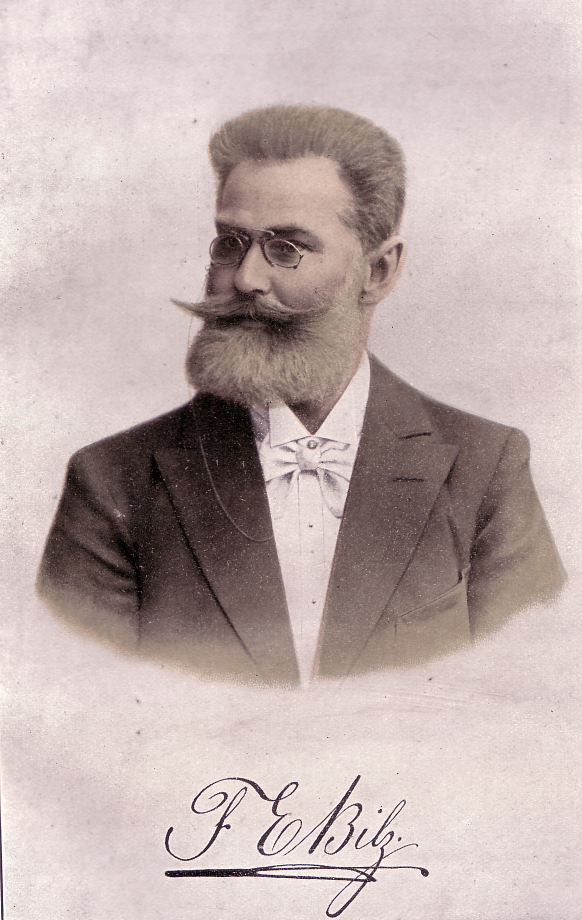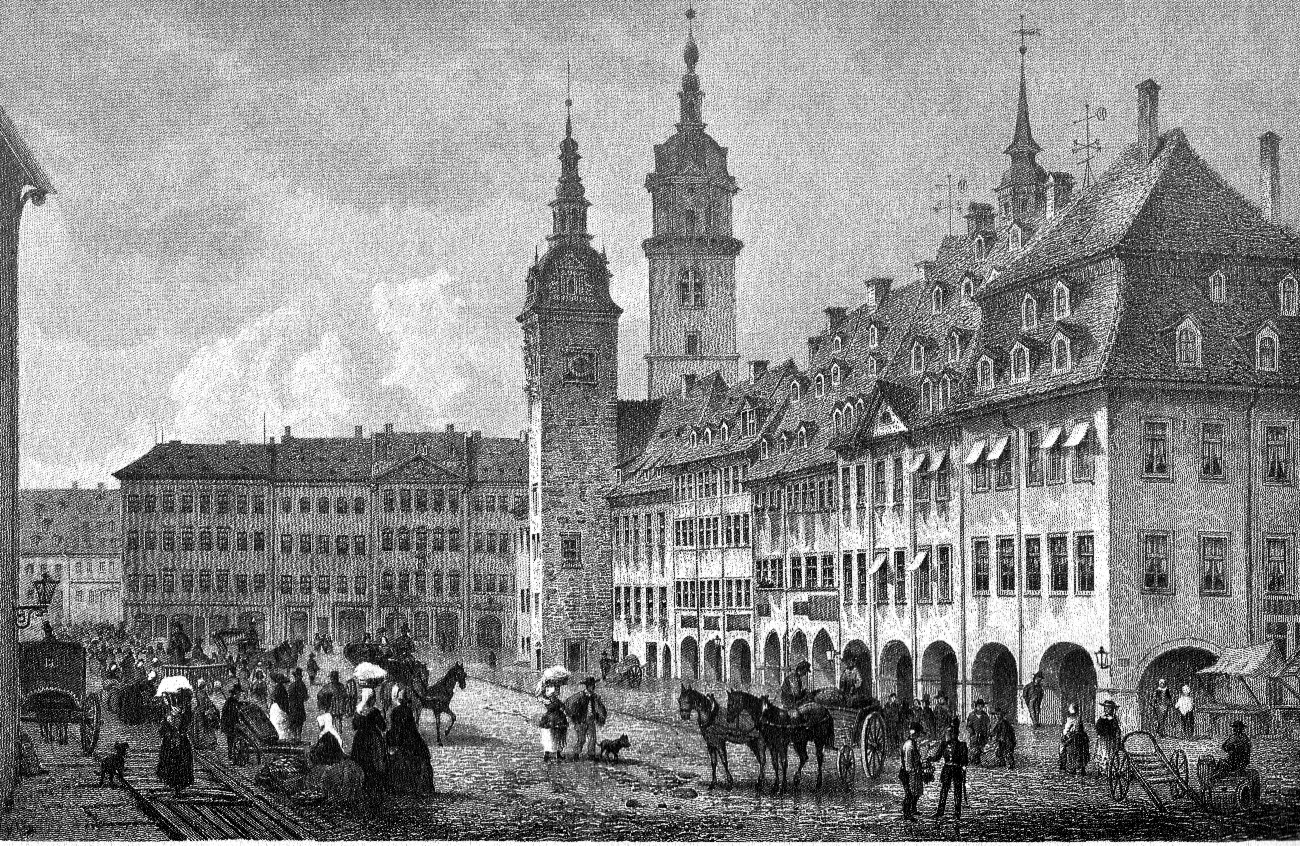|
Penig
Penig () is a town in the district of Mittelsachsen, in the Free State of Saxony, Germany. It is situated on the river Zwickauer Mulde, 19 km northwest of Chemnitz. The old and the new castle were owned by the House of Schönburg from 1378 until 1945. Penig housed a concentration camp during World War II World War II or the Second World War (1 September 1939 – 2 September 1945) was a World war, global conflict between two coalitions: the Allies of World War II, Allies and the Axis powers. World War II by country, Nearly all of the wo .... Alten Schloss Penig.jpg, The Old Castle Neues Schloss Penig Parkansicht.jpg, The New Castle People * Friedrich Eduard Bilz References Mittelsachsen {{Mittelsachsen-geo-stub ... [...More Info...] [...Related Items...] OR: [Wikipedia] [Google] [Baidu] |
Mittelsachsen
Mittelsachsen (, ) is a district ('' Kreis'') in the Free State of Saxony, Germany. History The district was established by merging the former districts of Döbeln, Freiberg and Mittweida as part of the district reform of August 2008. Geography The district stretches from the Ore Mountains on the Czech Republic–Germany border to the plains between Leipzig and Dresden. The district borders (from the west and clockwise) the state Thuringia, the districts of Leipzig, Nordsachsen, Meißen, Sächsische Schweiz-Osterzgebirge, the Czech Republic, Erzgebirgskreis, the urban district Chemnitz, and the district of Zwickau. The geography of the district varies considerably, stretching from the northern part which almost reaches the North German Plain, to the southern part in the Ore Mountains region. The lowest point is at 140 metres above sea level, in the valley of the Freiberger Mulde near Leisnig. The highest point is 855 metres above sea level on the Czech border. The mos ... [...More Info...] [...Related Items...] OR: [Wikipedia] [Google] [Baidu] |
Friedrich Eduard Bilz
Friedrich Eduard Bilz (June 12, 1842 – January 30, 1922) was a German naturopath who was a native of Arnsdorf in the Kingdom of Saxony. As a merchant of a ''Kolonialwarenladen'' (shop offering non-European goods) in Meerane, Bilz became interested in naturopathic medicine. In 1888 he published ''Das Neue Naturheilverfahren'' (The New Natural Healing), a book that became very popular and was translated into twelve languages. In 1895 Bilz founded a health spa at Radebeul that was soon expanded into a large sanitarium. In the early part of the 20th century, he constructed a ''Licht-Luft Bad'' (a large outdoor swimming pool) at the sanitarium (the "Bilzbad"). In 1911 he displayed a ''Wellenmaschine'' ( wave machine) at the International Hygiene Exhibition in Dresden. It was installed at Bilzbad during the following year. In 1902, Bilz created a soft-drink named ''Bilz-Brause'', a beverage consisting of mineral water and citrus juice that was served to patients at the sanita ... [...More Info...] [...Related Items...] OR: [Wikipedia] [Google] [Baidu] |
Free State Of Saxony
Saxony, officially the Free State of Saxony, is a landlocked state of Germany, bordering the states of Brandenburg, Saxony-Anhalt, Thuringia, and Bavaria, as well as the countries of Poland and the Czech Republic. Its capital is Dresden, and its largest city is Leipzig. Saxony is the List of German states by area, tenth largest of Germany's sixteen states, with an area of , and the List of German states by population, sixth most populous, with more than 4 million inhabitants. The term Saxony (other), Saxony has been in use for more than a millennium. It was used for the medieval Duchy of Saxony, the Electorate of Saxony of the Holy Roman Empire, the Kingdom of Saxony, and twice for a republic. The first Free State of Saxony was established in 1918 as a constituent state of the Weimar Republic. After World War II, it was under Soviet occupation before it became part of communist East Germany and was abolished by the government in 1952. Following German reunificat ... [...More Info...] [...Related Items...] OR: [Wikipedia] [Google] [Baidu] |
Germany
Germany, officially the Federal Republic of Germany, is a country in Central Europe. It lies between the Baltic Sea and the North Sea to the north and the Alps to the south. Its sixteen States of Germany, constituent states have a total population of over 84 million in an area of , making it the most populous member state of the European Union. It borders Denmark to the north, Poland and the Czech Republic to the east, Austria and Switzerland to the south, and France, Luxembourg, Belgium, and the Netherlands to the west. The Capital of Germany, nation's capital and List of cities in Germany by population, most populous city is Berlin and its main financial centre is Frankfurt; the largest urban area is the Ruhr. Settlement in the territory of modern Germany began in the Lower Paleolithic, with various tribes inhabiting it from the Neolithic onward, chiefly the Celts. Various Germanic peoples, Germanic tribes have inhabited the northern parts of modern Germany since classical ... [...More Info...] [...Related Items...] OR: [Wikipedia] [Google] [Baidu] |
Zwickauer Mulde
The Zwickauer Mulde () is a river in Saxony, Germany. It is the left tributary of the Mulde and in length. The source of the river is in the Ore Mountains, near Schöneck, in the Vogtlandkreis. It runs northeast to Aue, then northwest to Zwickau (hence the name), and further north through Glauchau, Rochlitz and Colditz. A few kilometers north of Colditz, the Zwickauer Mulde is joined by the Freiberger Mulde to form the united Mulde. The Mulde is a tributary of the Elbe. History Cultural landscape development The valleys in the catchment area of the Mulde were presumably used from the end of the last cold stage as access routes into the Ore Mountains that was covered in dense, ancient forests. This is evinced by the remains of artifacts left behind by Old Stone Age hunters, as well as Bronze Age and Iron Age discoveries as far as the higher regions of the Ore Mountains. Later, the western Ore Mountains became the territory of Germanic and Slavic tribes. Paths ... [...More Info...] [...Related Items...] OR: [Wikipedia] [Google] [Baidu] |
Chemnitz
Chemnitz (; from 1953 to 1990: Karl-Marx-Stadt (); ; ) is the third-largest city in the Germany, German States of Germany, state of Saxony after Leipzig and Dresden, and the fourth-largest city in the area of former East Germany after (East Berlin, East) Berlin, Leipzig, and Dresden. The city lies in the middle of a string of cities sitting in the densely populated northern Ore Mountain Foreland, foreland of the Elster Mountains, Elster and Ore Mountains, stretching from Plauen in the southwest via Zwickau, Chemnitz and Freiberg to Dresden in the northeast, and is part of the Central German Metropolitan Region. Located in the Ore Mountain Basin, the city is surrounded by the Ore Mountains to the south and the Central Saxon Hills, Central Saxon Hill Country to the north. The city stands on the Chemnitz River, which is formed through the confluence of the rivers Zwönitz (river), Zwönitz and Würschnitz in the borough of Altchemnitz. The name of the city as well as the names o ... [...More Info...] [...Related Items...] OR: [Wikipedia] [Google] [Baidu] |
House Of Schönburg
A house is a single-unit residential building. It may range in complexity from a rudimentary hut to a complex structure of wood, masonry, concrete or other material, outfitted with plumbing, electrical, and heating, ventilation, and air conditioning systems.Schoenauer, Norbert (2000). ''6,000 Years of Housing'' (rev. ed.) (New York: W.W. Norton & Company). Houses use a range of different roofing systems to keep precipitation such as rain from getting into the dwelling space. Houses generally have doors or lock (security device), locks to secure the dwelling space and protect its inhabitants and contents from burglars or other trespassers. Most conventional modern houses in Western cultures will contain one or more bedrooms and bathrooms, a kitchen or cooking area, and a living room. A house may have a separate dining room, or the eating area may be integrated into the kitchen or another room. Some large houses in North America have a recreation room. In traditional agriculture-o ... [...More Info...] [...Related Items...] OR: [Wikipedia] [Google] [Baidu] |
Concentration Camp
A concentration camp is a prison or other facility used for the internment of political prisoners or politically targeted demographics, such as members of national or ethnic minority groups, on the grounds of national security, or for exploitation or punishment. Prominent examples of historic concentration camps include the British confinement of non-combatants during the Second Boer War, the Internment of Japanese Americans, mass internment of Japanese-Americans by the US during the Second World War, the Nazi concentration camps (which later morphed into extermination camps), and the Soviet labour camps or gulag. History Definition The term ''concentration camp'' originates from the Spanish–Cuban Ten Years' War when Spanish forces detained Cuban civilians in camps in order to more easily combat guerrilla forces. Over the following decades the British during the Second Boer War and the Americans during the Philippine–American War also used concentration camps. The term "c ... [...More Info...] [...Related Items...] OR: [Wikipedia] [Google] [Baidu] |
World War II
World War II or the Second World War (1 September 1939 – 2 September 1945) was a World war, global conflict between two coalitions: the Allies of World War II, Allies and the Axis powers. World War II by country, Nearly all of the world's countries participated, with many nations mobilising all resources in pursuit of total war. Tanks in World War II, Tanks and Air warfare of World War II, aircraft played major roles, enabling the strategic bombing of cities and delivery of the Atomic bombings of Hiroshima and Nagasaki, first and only nuclear weapons ever used in war. World War II is the List of wars by death toll, deadliest conflict in history, causing World War II casualties, the death of 70 to 85 million people, more than half of whom were civilians. Millions died in genocides, including the Holocaust, and by massacres, starvation, and disease. After the Allied victory, Allied-occupied Germany, Germany, Allied-occupied Austria, Austria, Occupation of Japan, Japan, a ... [...More Info...] [...Related Items...] OR: [Wikipedia] [Google] [Baidu] |





